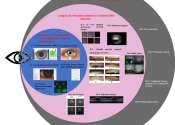Stem cells improve visual function in blind mice
An experimental treatment for blindness, developed from a patient's skin cells, improved the vision of blind mice in a study conducted by Columbia ophthalmologists and stem cell researchers.
Oct 1, 2012
1
0








